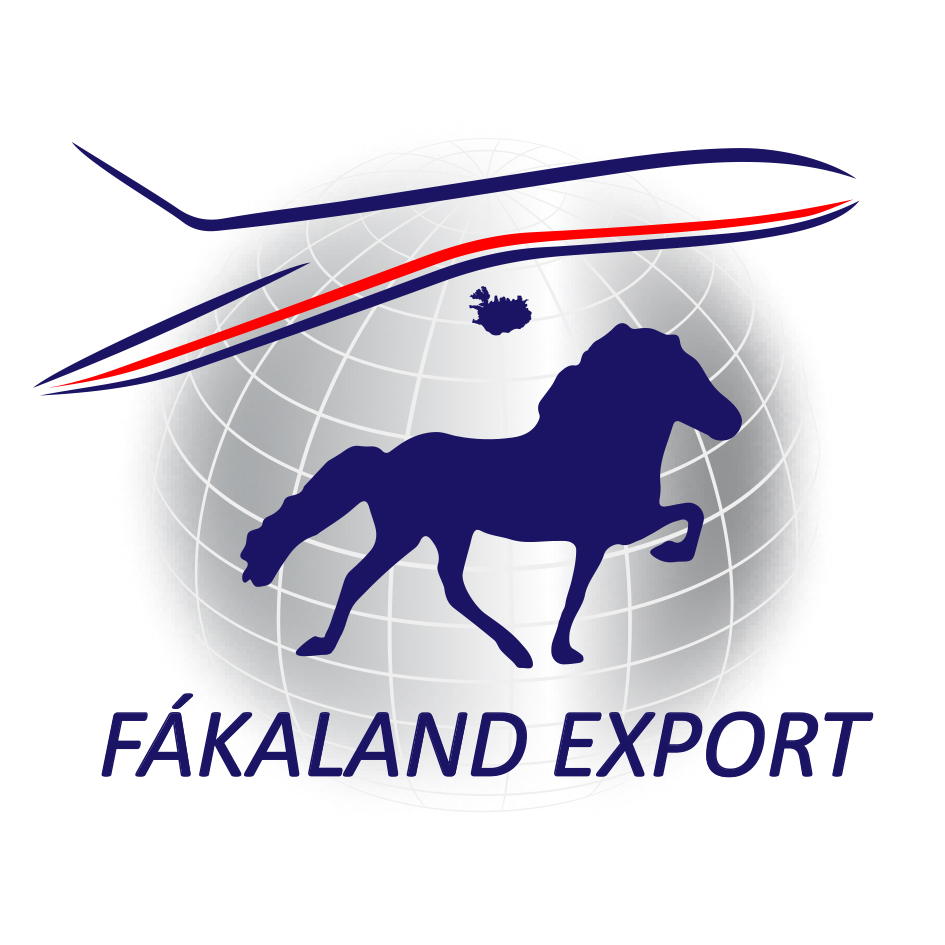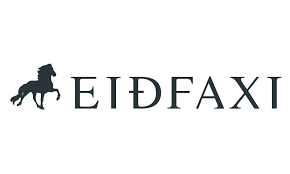Last year was record-breaking in terms of horse export from Iceland; 2,320 horses were exported, 811 more than in 2019, which was a good year for horse export, too, with 1,509 horses. This is a 53% percent year-on-year increase. One has to go 23 years back in time or to 1997 to find comparable numbers; that year 2,565 horses were exported from Iceland, as stated in a summary from WorldFengur.
Of the 2,320 horses exported in 2020, 314 were stallions, 1,015 mares and 991 geldings, and 156 were 1st-prize horses. According to Statistics Iceland, the combined export value of horses exported from Iceland in 2020 was more than ISK 1.5 billion (EUR 9.6 million), compared to just over 1 billion (EUR 6.4 million) in 2019. This is also a 53% year-on-year increase.
.jpg)
Export to all main target markets increased last year. As usual, most Icelandic horses went to Germany, or 974. Sweden and Denmark came second with 306 and 271 horses, respectively. Interestingly, the USA came fourth with 141 horses compared to only 51 in 2019 – a growth by 176%!
More markets are catching up. Switzerland placed fifth with an import of 135 horses from Iceland, which is an increase by 40 horses or a 42% year-on-year increase. Forty-three horses were sent to Belgium in 2020, more than triple the number of the previous year.
The UK imported 31 horse from Iceland last year, almost double the number of 2019. Exporters have long fancied the British market for its closeness to Iceland and connections to strong markets elsewhere in Europe. However, the longstanding horse culture in Britain has proven an obstacle; perhaps this is a sign of a change in attitude?
Icelandic horses were also exported to new markets in 2020, for example, three horses went to Latvia – where no Icelandic horse had set its hoof before.
In an article in Bændablaðið, the Icelandic farmers’ newspaper, in October, Mikael Tal Grétarsson, manager of Icelandair Cargo’s export division, commented that there were many reasons for this development, including the devaluation of the Icelandic króna. He also mentioned that people spend more money on their hobbies and have more time on their hands because they’re unable to travel.
.jpg)
The Icelandic horse has a good reputation in foreign markets, to a large extent due to Horses of Icealnd’s (HOI’s) marketing activities. Research indicates that the marketing activities of the last four years have been a great success. HOI has been active in promoting the breed’s qualities in social media, newspaper articles, television programmes, at horse shows and elsewhere, and the coverage has reached hundreds of millions of people around the world.
HOI project manager Jelena Ohm says: “There are many reasons for these incredible export numbers. It is indisputable that people spent more on their hobbies than travel last year. We are so lucky that horsemanship can be practiced for the most parts in spite of a world pandemic. We also believe that a solid brand and a coordinated message and visual material promoted by Horses of Iceland have had a very positive effect on the image of the Icelandic horse. We can sense increased interest from many countries.”
Despite a difficult economic situation in many areas following the COVID-19 pandemic, Icelandic horse exporters remain optimistic, expecting good export numbers again in 2021.
Text: Eygló Svala Arnarsdóttir. Photos: Icelandair Cargo.
.jpg?280x160;crop)
.jpg?280x160;crop)
.jpg?280x160;crop)
.jpg?280x160;crop)






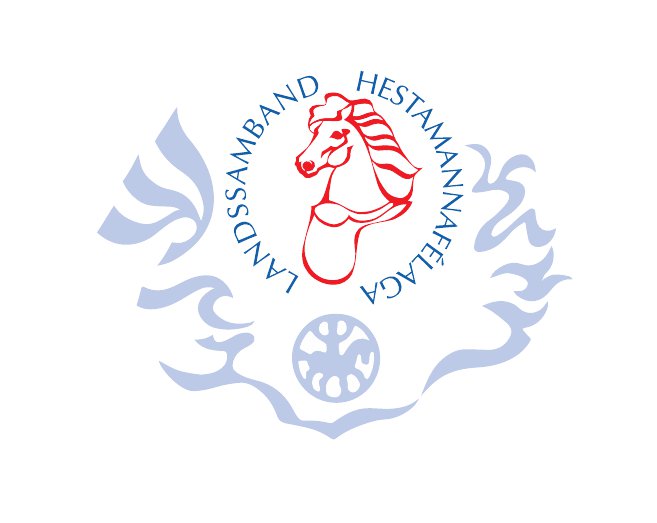

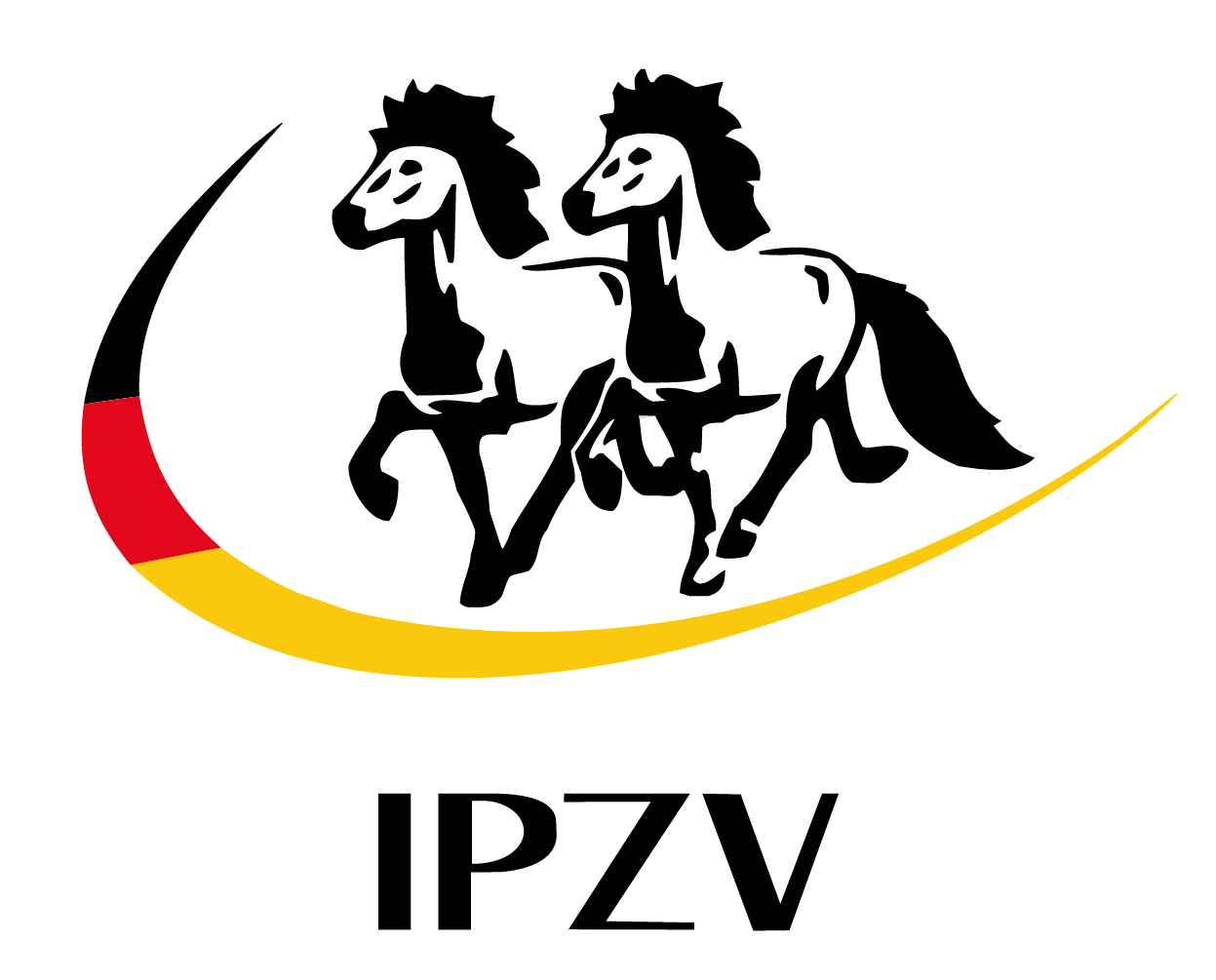



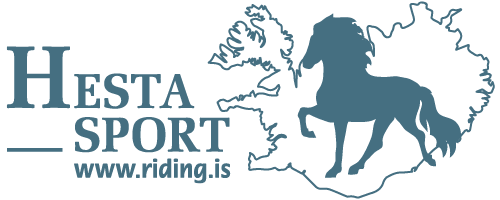







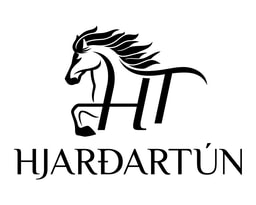
-1.jpg)
